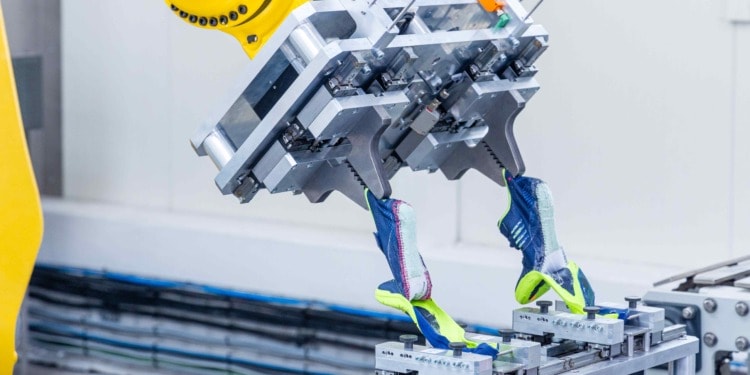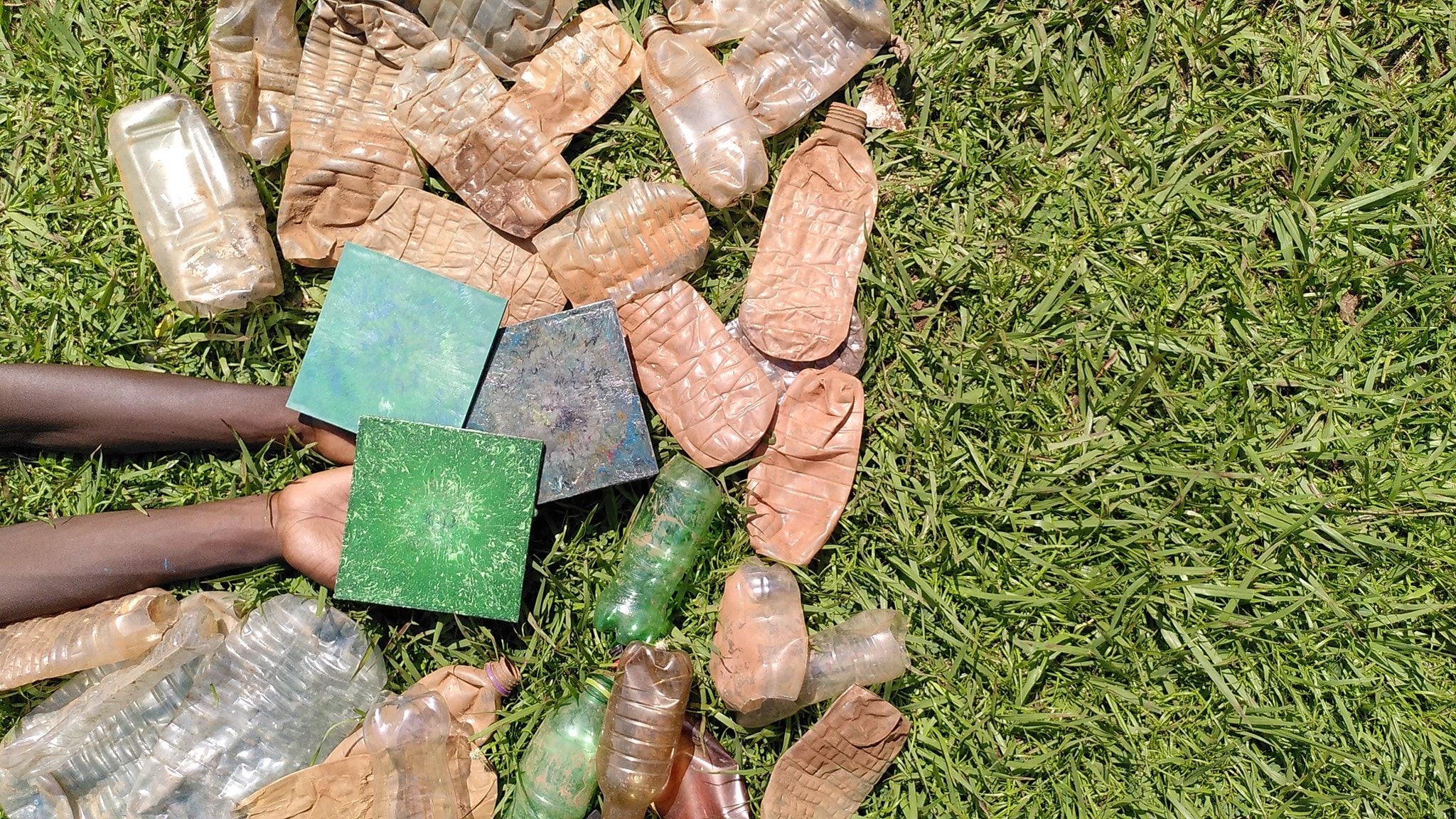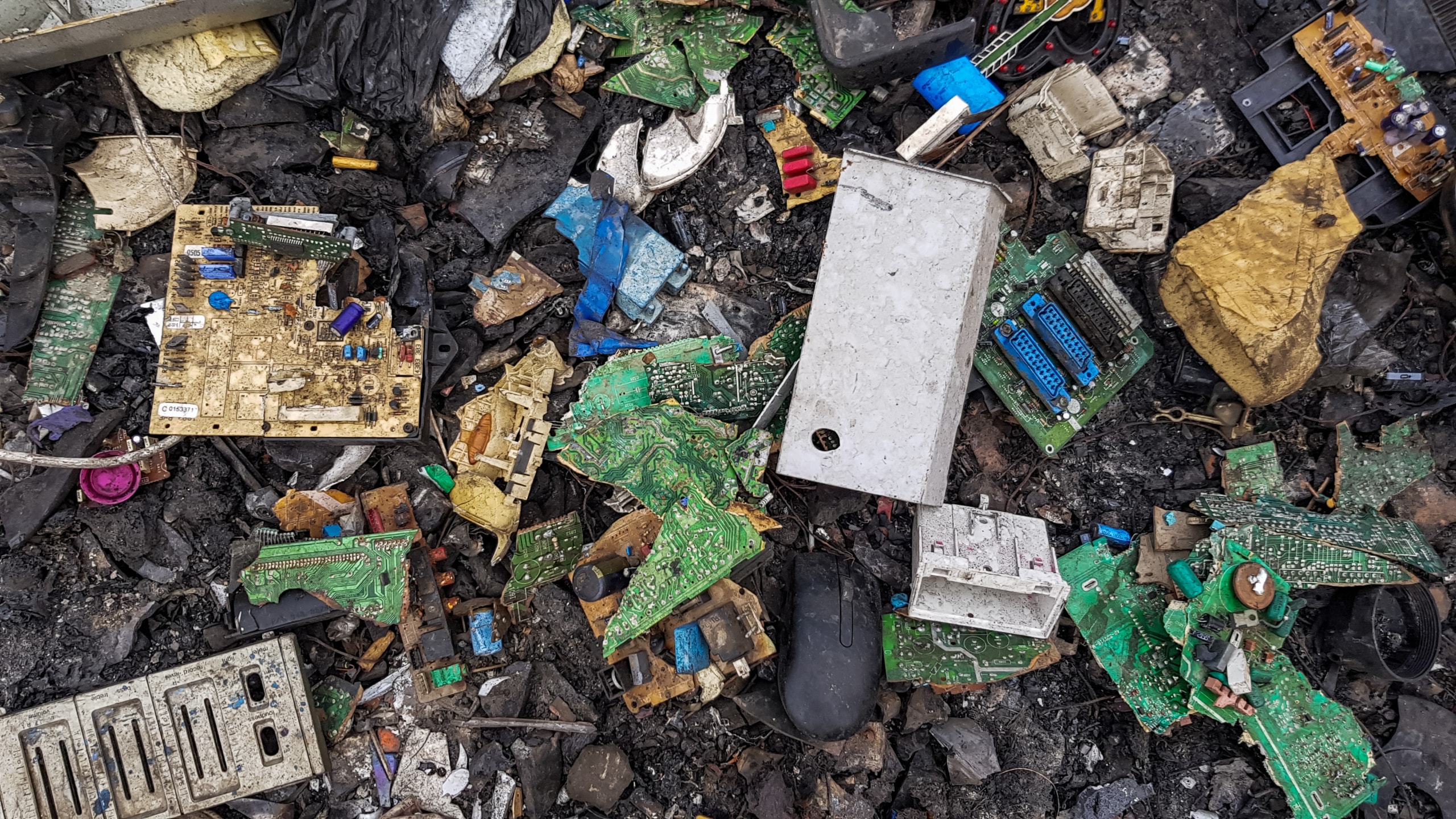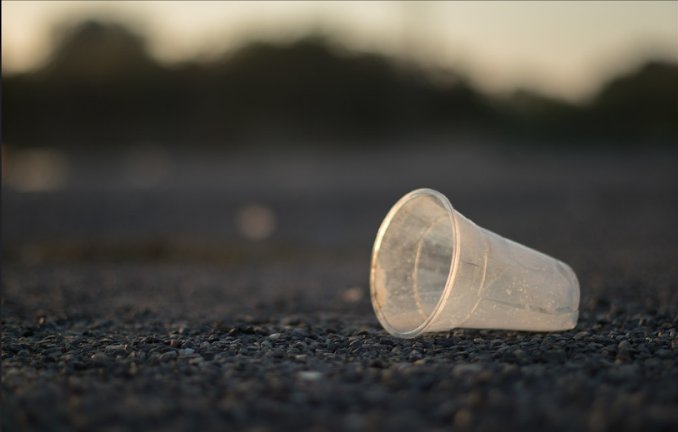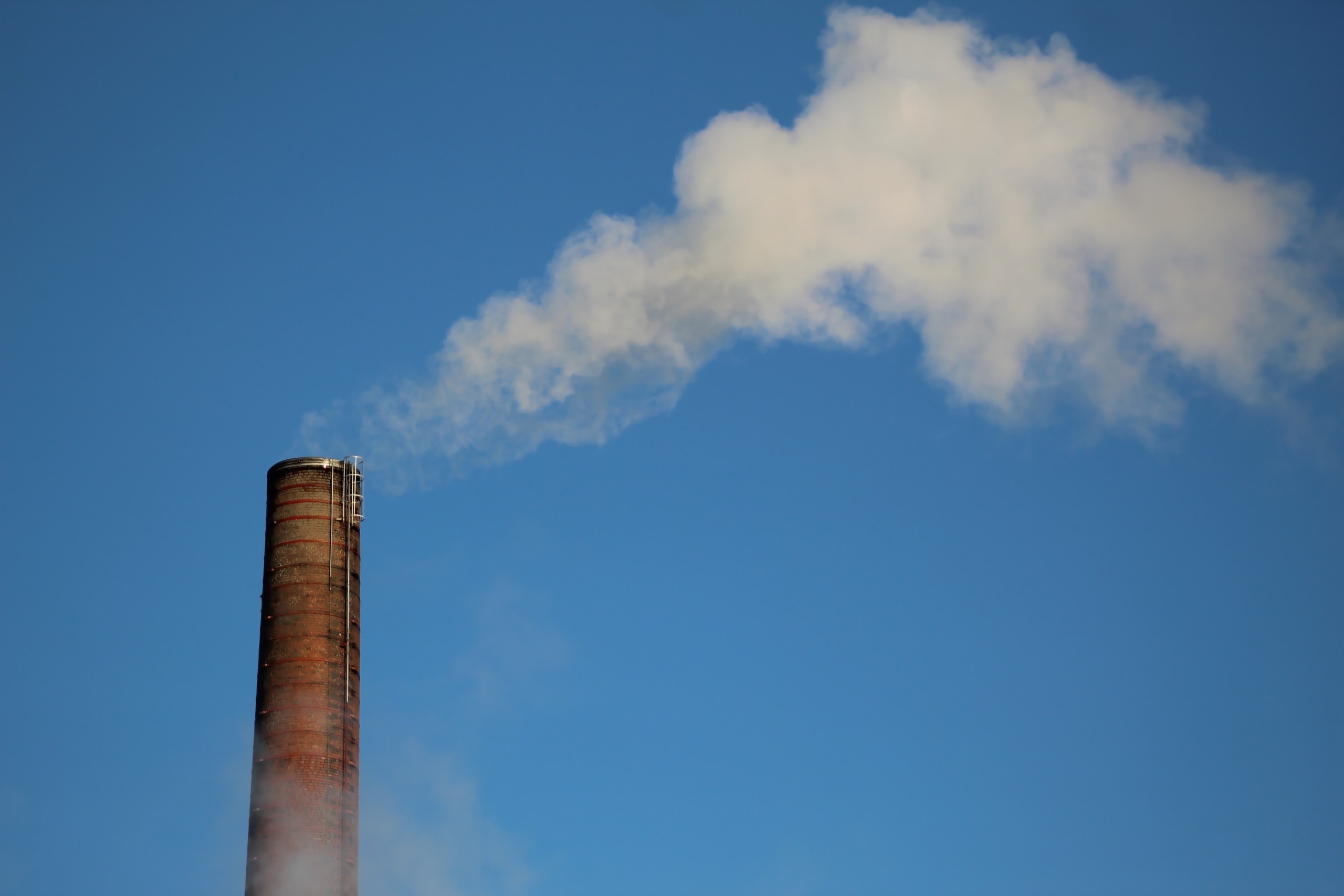Robots might come in handy in our fight for a more sustainable future. The revolutionising French company CETIA uses robots to do surprising things, like automatically removing shoes’ soles to better recycle textiles.
Launched in Hendaye, a southwestern French town, CETIA has become operational this year and is considered the world’s first “innovation platform.” Its director, Chloé Salmon Legagneur, stated that the machine “uses a near-infrared sensor to detect the material of the garment quite accurately — whether it’s 80 percent cotton, 20 percent polyester or 50/50.”
With its cutting-edge technology, CETIA can “put together all the materials that have the same composition in the right bin,” effectively aiding recycling.
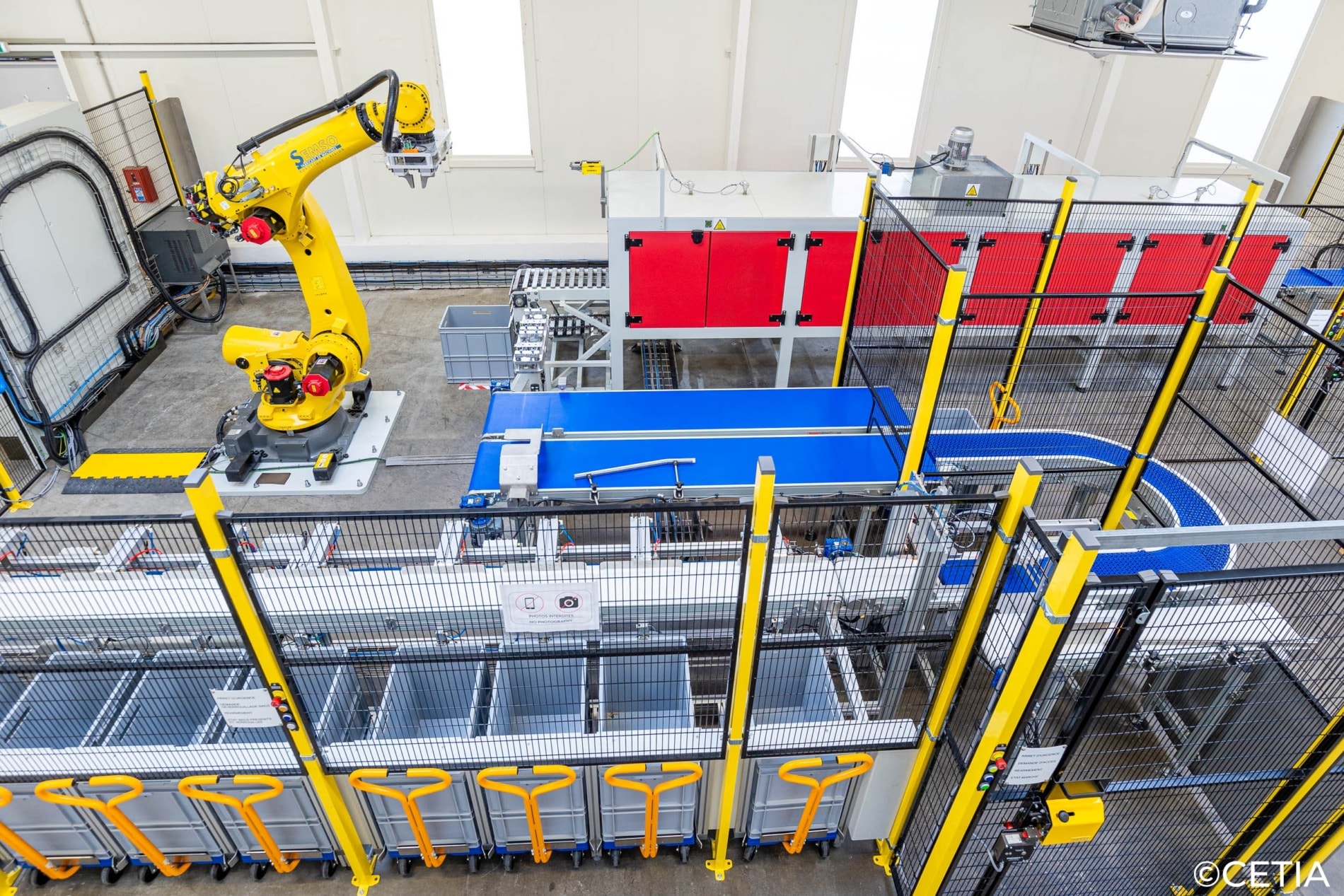
The process relies on a combination of automation, robotics and artificial intelligence, and it is so fast and smooth that it makes recycling operations competitive compared to manually operated recycling.
CETIA’s machine can distinguish fabrics made of two materials thanks to infrared technology, which detects colours and composition. Then, another machine separates the fabric from other “hard points,” such as buttons and zips.
Once a laser-cutting machine ensures the fabric is intact, another AI-powered machine can “distinguish a pocket from a collar, or a sleeve from a pair of trouser bottoms.”

In our journey towards a more sustainable future, recycling and waste are fundamental factors to consider. New inventions such as CETIA can aid humanity in general but the EU in particular, in its sustainable transition.
Beyond Recycling: The EU’s Journey Towards a Circular Economy
The EU has approved numerous sustainability-related resolutions throughout the years. For example, in 2021, the European Parliament established “tighter recycling rules and binding 2030 targets for materials use and consumption” to reduce our material use and consumption footprint.
In 2020, the EU approved one of its most important sustainability deals: The European Green Deal, which aims to raise “the EU’s target of reducing net greenhouse gas emissions by at least 55% by 2030 (from the current 40%) and make climate neutrality by 2050 legally binding.”
Climate change is man-made. So it means we can address it.
For this we need innovation, investments in green technologies, renewable energy capacity and energy efficiency.
This requires more investments.
At the G20 I invited leaders to join the call for global carbon pricing.
— Ursula von der Leyen (@vonderleyen) September 9, 2023
If the goal is achieved, Europe will be the first carbon-neutral continent. However, the situation is particularly tricky regarding textiles — clothes and shoes are difficult to dismantle and sort.
Europe’s record on recycling is not the best, with only 1% of its used textiles turning into new ones. Another data is, however, far worse: 37 million items of “junk plastic clothing” are dumped in Kenya every year.
Many of these items come from fast fashion, one of the most polluting industries in the world.
Related articles: Is Recycling as Green as We Think It Is? | Plastic Recycling: Ditch it or Improve it? | E-Waste Recycling Could Save Key Metals
“The trade of used clothing from Europe is, to a large and growing extent, a trade in hidden waste,” says the founder and patron of Clean Up Kenya, Betterman Simidi Musasia. “Countries like Kenya are fast fashion’s escape valve. Traders buy bundled clothing blind and understandably dump the growing percentage that turns out to be useless.”
Today afternoon, @SenHamidaK requested a statement @Senate_KE on illegal exportation to Kenya of sub standard textiles. This follows a report we did with @ChangingMarkets detailing how EU and UK are exporting to Kenya plastic clothing waste camouflaged as second hand clothing. pic.twitter.com/XPPwys7q8V
— Clean Up Kenya (@CLEANUPKENYADAY) October 3, 2023
The development of new technologies can be very helpful in our fight against the climate crisis. However, how many new technologies will be invented before we realise that, instead of focusing on the consequences of our footprint, maybe we should focus on the roots of the problem?
Editor’s Note: The opinions expressed here by the authors are their own, not those of Impakter.com — In the Featured Photo: Mechanical separation of fibres and hard points. Featured Photo Credit: CETIA.


